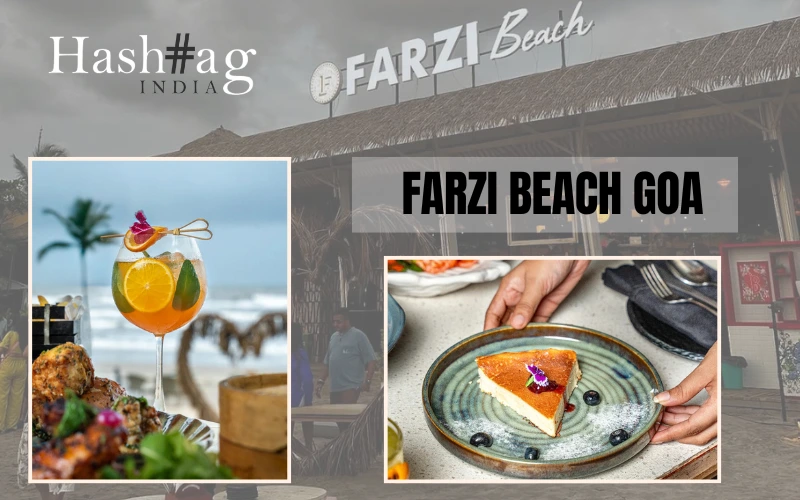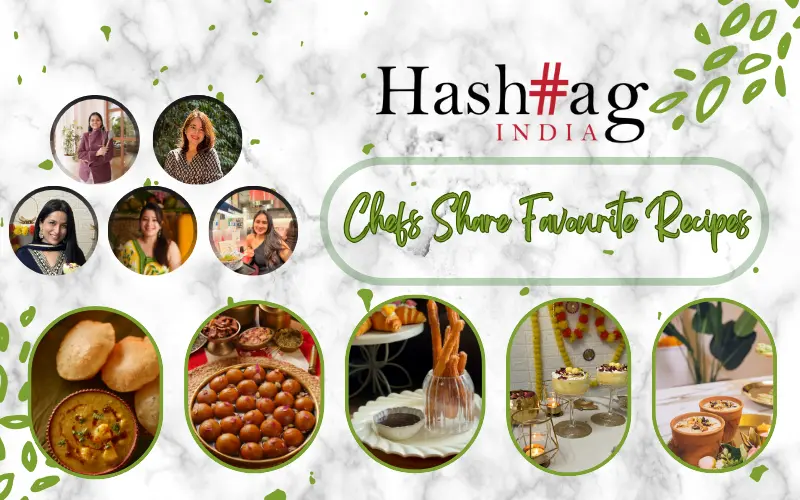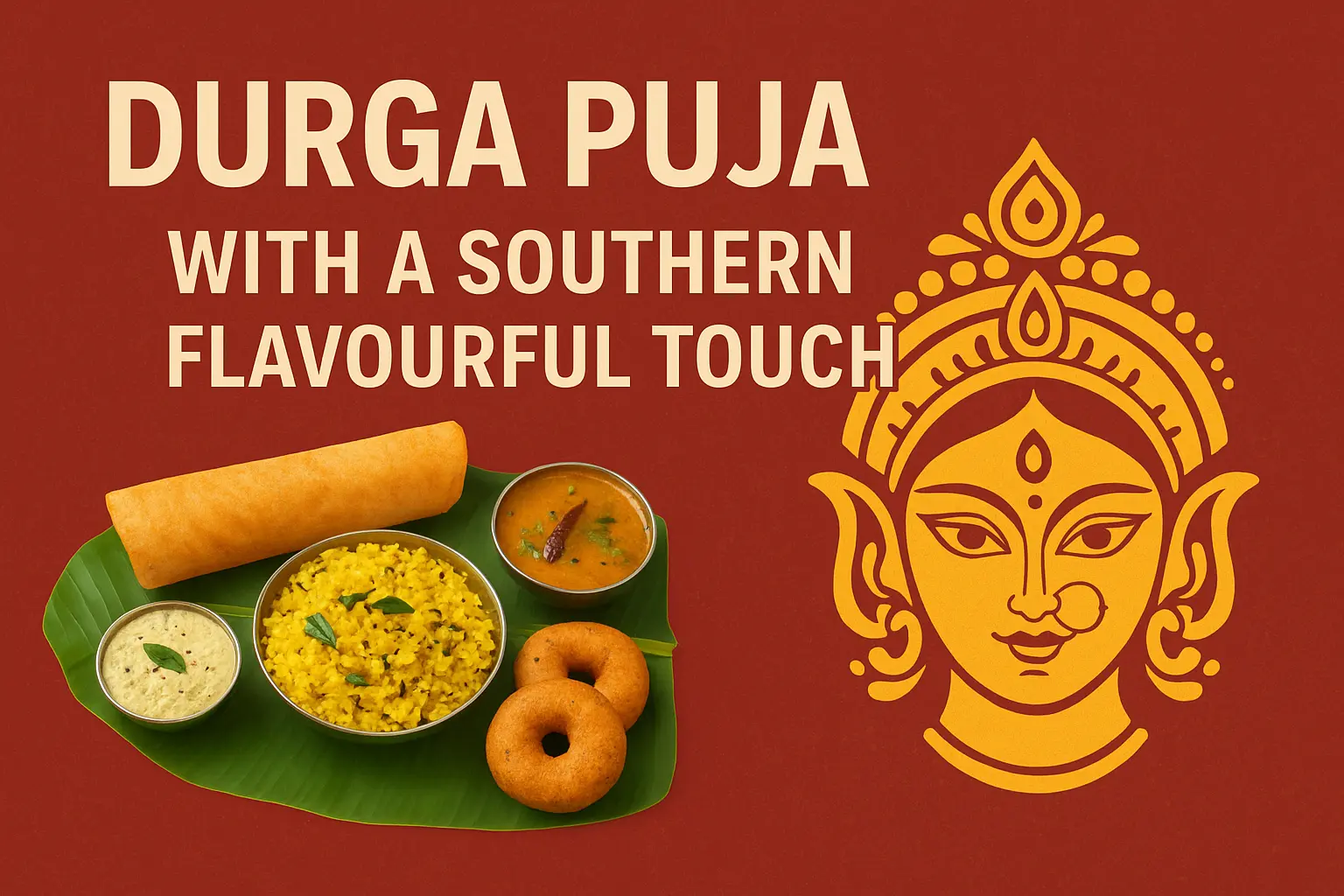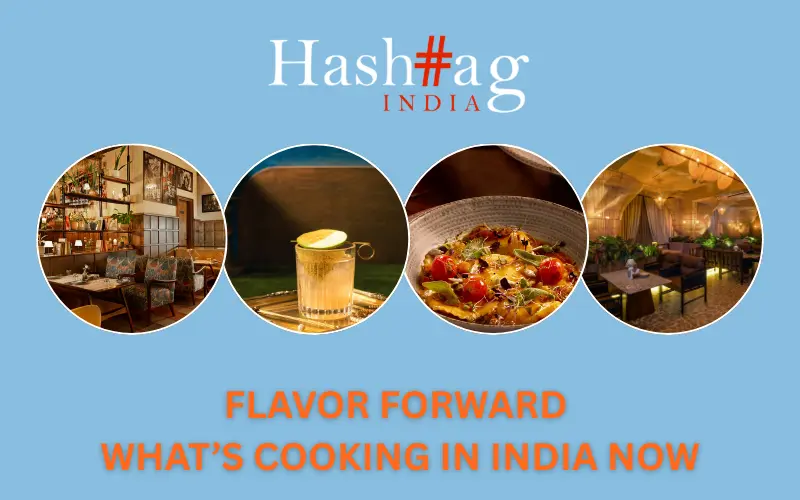Food consumed and the traditions practiced in a state depict their forebears while also enlightening the the facts about the circumstances that were relevant. It delineates how the cuisines, cultures flourished and developed. Sikkim is called the state of the famous food in India. To explore the most out of Sikkim’s various gastronomic pleasures, you must visit several native cafes, eateries, and food stalls. There’s no getting away from Sikkim’s fiery, salted, spicy, and bitter meals if you’re in Sikkim. Hashtag Magazine compiles a list of all the traditional foods of Sikkim you must try.
What Makes Sikkim’s Cuisine Special?
Sikkim’s cuisine is a spread of a diverse range of flavours as well as a reflection of the multi-ethnic blend of individuals and traditions within the state. This richness is mirrored in Sikkim’s wonderful menu, which incorporates dishes from neighbouring states as well as bordering nations Nepal, Bhutan, and Tibet. Sikkim is regarded as an ecological state and the cuisine centres on organic foods from local farms. Whenever the tastes of Sikkim combine in this magnificent merge of spices, the outcome is a broad variety of delectable dishes. A curated list of Sikkim food images with names is this piece.
The optimum blend of deliciousness and energy filled with spices can be relished in the traditional food of Sikkim that you certainly enjoy. From Momos to Thukpa, Sikkim’s famed cuisine is deliciously simple.
10 Famous Foods of Sikkim
We have curated a list of ten of the best and most flavourful of Sikkim’s piquant spread of dishes for your perusal.
- Momos
A kind of Tibetan dumpling, momos is consumed in various places like in India that include Darjeeling, Ladakh, Pakistan, Assam, Sikkim and other states. However, Sikkim and momos are a delicious blend. This authentic dish of Nepal is extensively consumed in the state that it shares border with – Sikkim.
Momos are steamed dumplings, which are loaded with stuffing that may comprise meat or vegetables and spices along with cheese, tofu or paneer. The exterior shell of this dish is made of maida, also called all-purpose flour, and water, to make its dough. The dough is made into small flat circles where the stuffing is filled in and wrapped like dumplings. Later, these can be steamed. A tad of yeast is incorporated in the dough for an appealing lift to the dough.
The stuffing has undergone several changes over the years, culminating in the dumplings’ prominence. Momos nowadays are the most extensively consumed dish in various parts of India.
2. Thenthuk
Thenthuk is another tasty and healthful leisure dish. It is one of Sikkim’s regional delicacies. Made out of wheat flour, this comfort dish is served in a broth containing vegetables and meat. Unlike thukpa, the thentuk dough is flattened rather than shaped into typical noodle strands.
It is only introduced after the veggies and meat have been thoroughly cooked. The people of Sikkim usually tend to savour this dish during supper.
3. Khapse
Khapse is a classic Tibetan cracker made for the Tibetan New Year, or Losar. All-purpose flour, butter, eggs, and sugar are mixed together to make the Khapse mixture and later the mixture is moulded into various shapes and sizes.
4. Thupka
Do not even skip out on the Thukpa when you’re touring Sikkim! This Sikkim delicacy origins in Tibet’s highlands and is sure to please your taste buds. The soup’s spicy flavour is complemented with chopped onion and chopped peppers. This meal comes in both vegan and non-vegetarian varieties. Non-veg thupka would include meat and poached eggs. This exquisite dish is accessible at almost every restaurant in the area, save for roadside kiosks.
5. Bamboo Shoot Curry
Sikkim cuisine is fostered by several fern-based dishes and one among them is the Bamboo Shoot Curry. Bamboo Shoot Curry is a Sikkim-style cuisine prepared from pickled bamboo. The curry is seasoned with turmeric to ameliorate the aroma of a meal whilst also to overcome the harshness of bamboo plant. This classic Sikkim dish can be truly enjoyed when it is served with rice.
6. Wachipa
Wachipa is made of cooked rice, finely diced chicken, and powdered and roasted meat feathers. The powder has a characteristic sour taste. It is feasible to produce a meatless Wachipa by replacing the chicken with the caustic Damlapa leaves and stems or blossoms. It is often eaten only on exceptional occasions. This dish is considered to be the authentic Kirat Rai indigenous firm’s native Sikkim food.
7. Sel Roti
Sel roti is a conventional sugary rice dessert that is round in shape and is common in Nepal and the Kumaon area. Cardamom is introduced to the flavour of the dessert. It is put into the boiling oil in a circular pattern. If you would like to fry it, you’ll require a great deal of experience because it seems simple but can be difficult to prepare. Dashain and Tihar are two extensively commemorated occasions in Nepal, Darjeeling, and Sikkim. Usually, this dish is prepared during that time of the year.
8. Gundruk
Gundruk is produced by fermenting green plants. It is offered as an appetiser with a primary plate of food. It must be prepared with mustard and lettuce or turnip greens. It’s a tad bit sour, but it still tastes amazing. Gundruk is an essential source of nutrients, especially throughout the off-season whenever the cuisine comprises predominantly potatoes and corn, both of which are mineral-deficient.
9. Dal-Bhaat
Dal-Bhaat is a classic Indian subcontinental dish that is prevalent in different parts of India, Nepal, and Bangladesh. It involves cooked rice with dal, seared lentils or other vegetable dishes. It is a traditional meal in several nations. In a variety of Indo-Aryan dialects, bhaat or chawal denotes ‘cooked rice.’ Dal-Bhaat is a great option for people who wish to keep things simple and eat little portions of food.
10. Sha Phaley
Sha Phaley, sometimes called as Shabhaley, is a Tibetan delicacy made of toast, packed with flavoured pork and lettuce, which would then be shaped into spherical forms and deeply fried or skillet fried depending upon regional differences. Eventually, a crispy meal with a delicate, scrumptious centre is the result. Tofu and cheddar cheese have just been included into the ingredients for vegetarian meals.
In this state of scrumptious food, these delectable dishes should not be missed. For all those travel freaks out there, whenever you travel to Sikkim, these dishes would make your visit worthwhile.

























